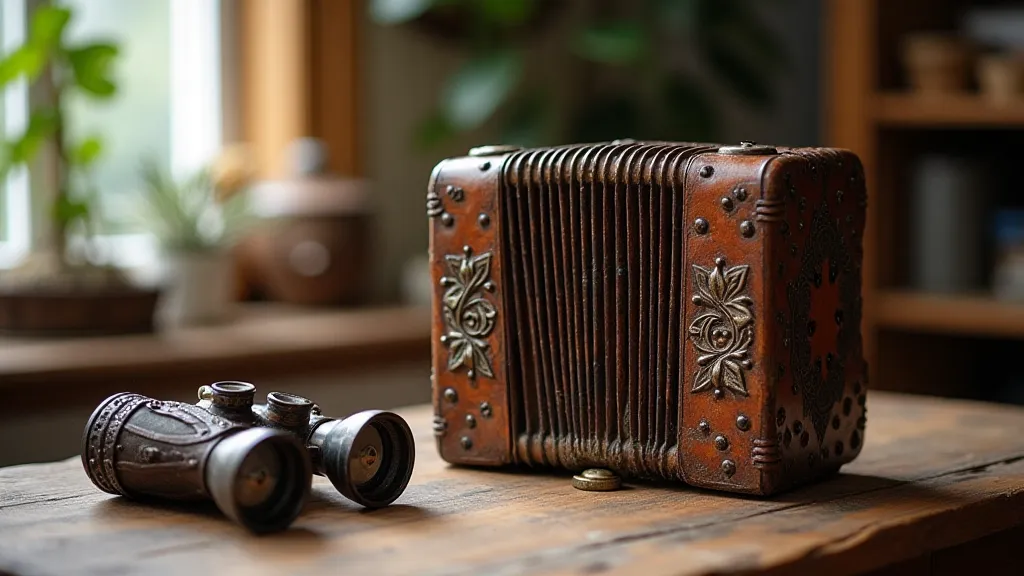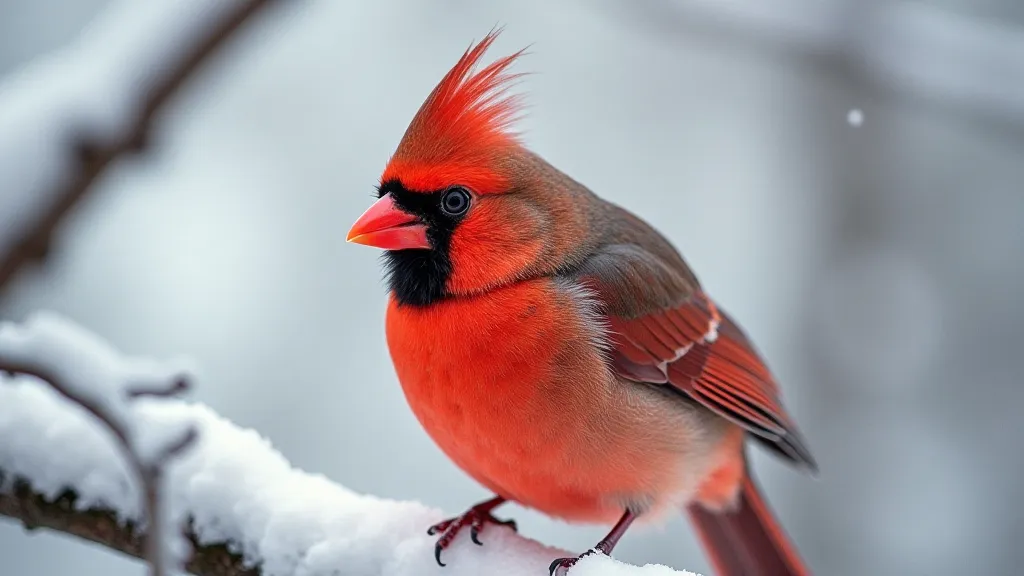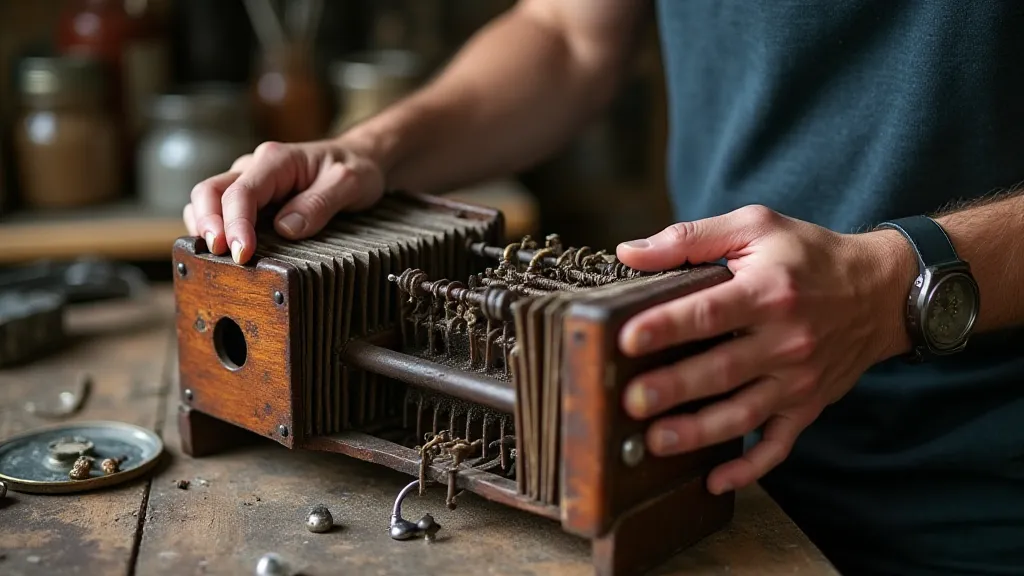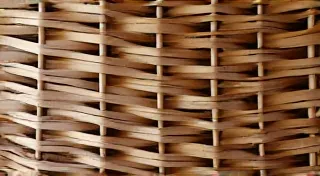The Language of Wingbeats: Deciphering Avian Communication
There's a profound beauty in stillness – in watching a bird perched on a branch, seemingly lost in its own world. We admire the vibrant plumage, the graceful flight, but often overlook the intricate conversations happening all around us. Bird communication isn't just chirping; it's a complex tapestry of calls, songs, displays, and body language, each thread woven with purpose and meaning. To truly appreciate the birds in your local birdwatching spots – those flashes of color against the trees, those aerial dances above the meadows – is to begin to understand the language of their wingbeats.

Beyond Chirps: A Spectrum of Vocalizations
Most people recognize a few common bird sounds – a robin’s cheerful song, a mourning dove's plaintive coo. But these are just the tip of the iceberg. Birds use a remarkable variety of vocalizations, each serving a different function. Alarm calls warn of predators, contact calls help flocks stay together, and courtship songs are elaborate serenades designed to attract a mate. The structure of these calls – their pitch, rhythm, and duration – carries vital information. A rapid, high-pitched ‘peep’ might signify a young bird begging for food, while a series of drawn-out whistles could be a territorial declaration.
Consider the American Robin, a familiar sight in many backyards. While its song is generally associated with springtime courtship, a closer listen reveals subtle variations. A slightly more frantic melody might signal a threat; a slower, softer tone could be used to reassure fledglings. It’s a level of nuance that's easily missed by the untrained ear, but which reveals a surprising degree of sophistication.
Visual Displays: More Than Just Pretty Feathers
Communication isn’t solely auditory. Birds are masters of visual signaling. From the elaborate courtship dances of the Sage Grouse to the subtle head-bobbing of a sparrow, visual displays convey messages of courtship, aggression, and submission. The expansion of a male peacock’s tail is the most iconic example, a dazzling display of fitness and genetic superiority. But even seemingly simple behaviors – like a bird puffing up its feathers to appear larger – can be a form of communication, a way of asserting dominance or deterring rivals.
Body posture is equally important. A bird standing tall and erect is likely feeling confident and alert. A bird crouching low to the ground might be cautious or fearful. Paying attention to these subtle cues can provide valuable insights into a bird’s emotional state and intentions. Observing how a bird interacts with others of its species is like watching a silent drama unfold, a ballet of gestures and signals.
The Silent Language of Flight
Even the way a bird flies contributes to its communication. The rapid, erratic flight of a bird fleeing a predator conveys a clear message of danger. The soaring flight of a hawk demonstrates mastery of the air. Young birds often mimic their parents’ flight patterns, learning essential skills and strengthening the bond between them. The slight differences in how birds navigate through dense foliage, or exploit wind currents, also communicate information about their individual capabilities.
Imagine hiking through a dense forest, the rustling leaves masking all sounds. Suddenly, a flash of cobalt blue – an Eastern Bluebird – darts across your path. Its flight isn’t just a means of transportation; it’s a statement. It’s an announcement of its presence, a demonstration of its agility. The very act of flight becomes a form of communication.
Learning to Listen: Developing Your Avian Understanding
Becoming proficient in deciphering avian communication takes time and patience. It requires more than just memorizing a list of bird songs; it requires immersing yourself in the environment and observing carefully. Start by focusing on a few common species in your local birdwatching spots. Listen to their calls repeatedly, noting the subtle variations. Watch their body language, paying attention to their posture and movements.
There are numerous resources available to help you learn. Bird identification guides often include descriptions of bird vocalizations and behaviors. Online databases and mobile apps can provide recordings of bird songs and calls. Joining a local birdwatching group can provide opportunities to learn from experienced birders. But ultimately, the best way to learn is through direct observation and experience.

A Personal Reflection: The Echoes of Ancient Communication
There’s a parallel, almost poignant beauty, in understanding the complexities of bird communication and appreciating antique accordions. These instruments, painstakingly crafted from wood, leather, and metal, were once the primary means of musical expression for many cultures. The bellows, like the wings of a bird, create a breathy, resonating sound that evokes a sense of history and tradition. The intricate carvings and decorations are akin to the vibrant plumage of a tropical bird, each detail carefully considered and executed.
The craftsmanship involved in creating an accordion is a testament to human ingenuity and artistry. Each piece of leather is carefully stretched and glued to the frame. Each reed is precisely tuned to produce the desired tone. The act of playing an accordion is a physical and emotional experience, a connection to the past, a way of communicating through music. It's a quiet resonance that echoes the intricate signaling between birds - a language whispered across generations.
Restoring an old accordion is like uncovering a forgotten narrative. Each crack in the leather, each worn key, tells a story of a life lived, of dances enjoyed, of songs sung. It's a privilege to be able to breathe new life into these instruments, to allow their voices to be heard once again. And in that act of restoration, we gain a deeper appreciation for the artistry and craftsmanship that went into their creation.

Ultimately, appreciating the language of wingbeats is about cultivating a deeper connection to the natural world. It’s about slowing down, paying attention, and recognizing the intricate web of communication that surrounds us. It's a reminder that even in the seemingly silent world of birds, there is a symphony of voices waiting to be heard.





